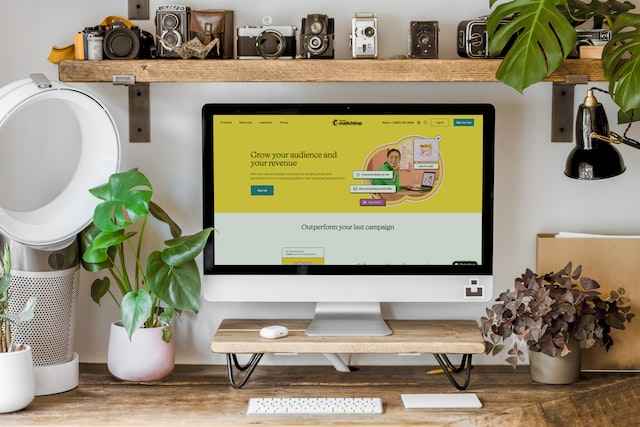What are Pop Ups?
A Popup is an advertising banner that appears above the webpage you are currently surfing. The user cannot interact with the main material while the ad banner is active. At the same time, simply by closing the box with the ad or clicking on any area of the box, the user is automatically redirected to the advertiser’s home page.
How can you Make a Popup which Operates Well?
Most of the time, marketers interpret the idea of a highly successful popup to be display ads on a website that converts. Different behaviors of website visitors might be referred to as those conversions. Generally speaking, to make a great popup, you should first determine its function, then utilize certain popup templates to create the correct one and put it on the company website.
Why are Popups Useful?
A popup window for a website helps a business make contact with its audience and potentially build a loyal customer base and increase profits in the future. They perform several essential functions such as:
Collecting users data
A popup consists of two parts: information or an offer for a customer and a form where users can leave an email or phone number. Therefore access to contacts helps businesses build communication with leads and move them through the sales funnel.
Communicating with users
A popup window can be used for announcing new products, updates, or special offers and discounts of the company. This way, customers do not have to search for information on the website as they can immediately read the offer and leave contacts to contact a manager.
Keeping the users on the site
Popups can also be adjusted to appear when the user closes the site. To interest and retain the customer, the popup offers a motivation: a discount, a free informative product, or any other type of marketing promotion. The crucial thing is to make sure the offer is valuable.
Client surveys
You may use a popup to communicate with your clients and get their opinions about your company and its products. When organizing a survey, however, it is essential to make it small and understandable for each user.
Establishing a pool of potential customers
Popups can help to collect leads, although popups can also be used to attract audiences to other social networks and sites, encouraging users to sign up for your newsletters.
What Varieties of Popups are there?
Various popup kinds have different types, targets, and effects. There are pop ups based on appearance. Users may perceive popups differently depending on how they are placed on the screen. It can only be a little pane in the page’s center, or a bar pushed to the side. A popup may be a single, tiny horizontal bar that appears when the page scrolls, or it may take up the full screen. Following popups are the most frequent ones according to their design.
Choice popup
They are often created as a type of lightbox with an instructional rather than a commercial aim and are typically part of the user interface. These pop ups do have the appearance of boxes with short inquiries that notify users about their choices and the outcomes.
Window message
These popups, as the name implies, completely cover the page content and do not allow visitors to continue browsing until they have performed the desired action.
Floating dashboard
This type of banner is often on a website but does not popup. They look like a static panel that carries some advertising information. Floating panels can become popup by changing their display rules. They are effective for news, informing about free delivery, or creating excitement around limited-time sales.
Sidewall popups
Typically they appear on the right or left sidebar of a web page. They can have different styles and usually also include a call to action. Their positioning makes them less intrusive, as they do not prevent the user from continuing to browse the web page. As you are well aware, the effects of a popup might vary. A popup display rule is known as a trigger. Any popup can be chosen from the options listed below, such as frequency, time spent on the page, scrolling activity, number of page views, provider, particular user groups visiting the website, or even the clicks users make on particular interface components. As for spending time on the page, a popup in this case is triggered by this sort of trigger when a visitor remains on a website for a specified amount of time. They appear when a user wants to stay on the page and are typically accompanied by a clear call to action button. From now on, have another useful tool in your marketer’s arsenal that you can use regularly. Don’t waste time and try it out on your customers.









